Our race course today will rock it. Literally. The geological history of the Tarn and Aveyron at your footsteps, or wheels.
During today’s stage the peloton races across the fantastic landscapes of the Aveyron and Tarn departments. Along the route you will see rock formations exposed in large cliffs. These are the result of erosion by the Aveyron, Dourdou and Tarn rivers that deeply cut into the regional geological archives. The course of these rivers is even in part determined by the geology. They follow large faults in the subsurface, or the edges of ancient lava flows.
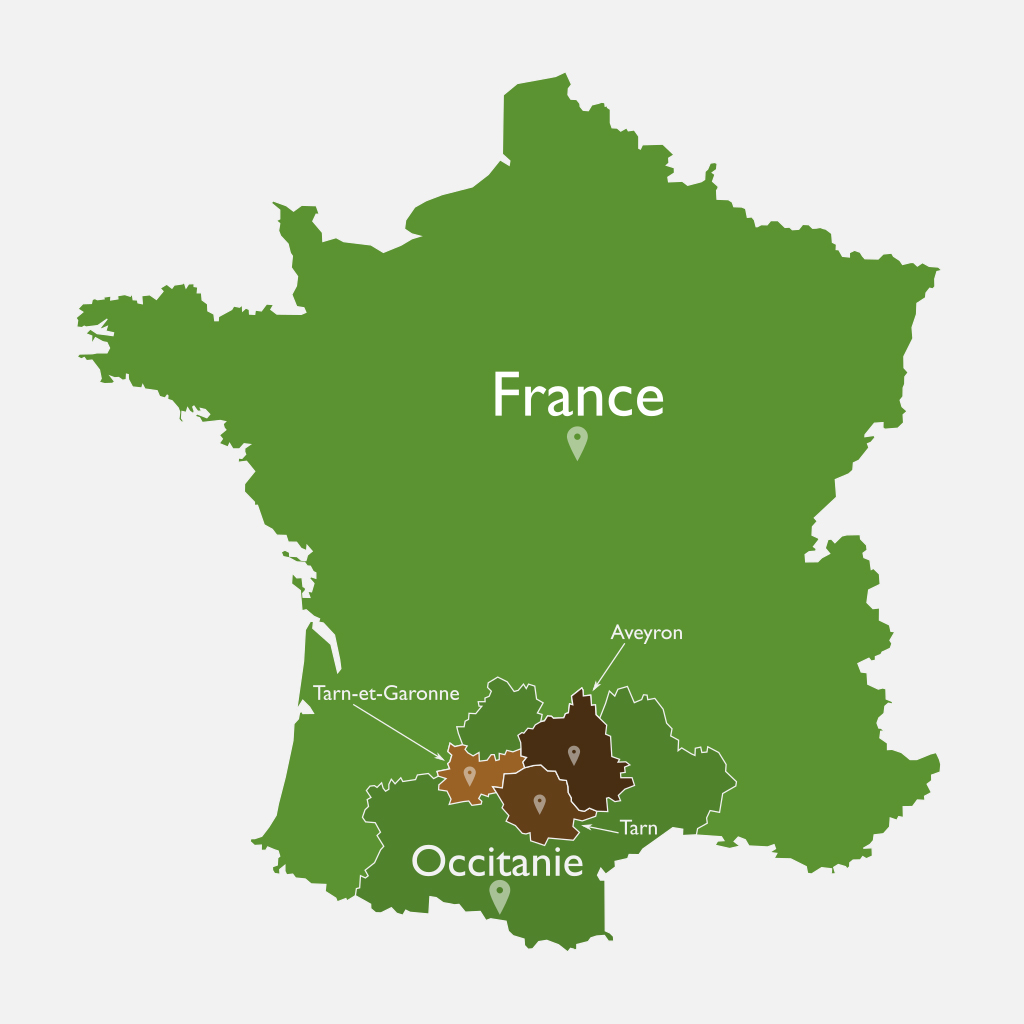
As you know by now the Variscan mountain building event, or orogeny, shaped much of the course in France and Spain. The Variscan orogeny resulted from the complete subduction and closure of an ocean basin (the Rheic ocean) and the collision of ancient continents. We have Armorica, Gondwana and Laurasia. This collision formed the supercontinent Pangea, literally ‘whole earth’. Ah well, you are very well aware now of this.
Along today’s stage, we find relics of this mountain belt in Aveyron and Tarn. If you’re standing along the roads waiting for the peloton, then have a look around you. You may recognize the rocks of the mountain belt.
Metamorphosis
Metamorphosed sedimentary rocks were deposited in the Rheic ocean as sand, clay or limestones. During the formation of the mountain belt, these sedimentary rocks, which were originally deposited horizontally, were broken and folded. You may now see that their layers are vertical, or even upside down. Moreover, they were buried, put under enormous pressures, and heated up.
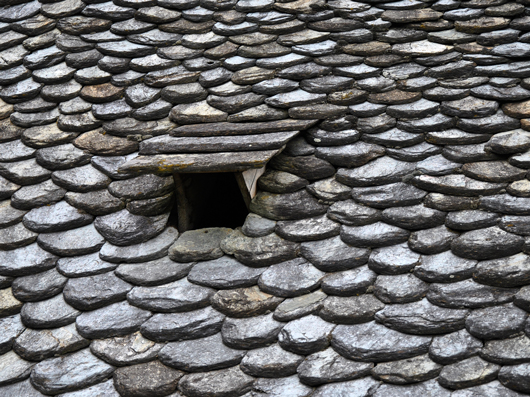
Their chemical components were rearranged into new minerals as a result. Claystone became schist which is very platy and shiny. Sandstone became quartzite which is really hard and will scratch on iron. Try it with a key or a pocket knife. Limestone became marble: white, sugar-like, hard, and used for building and sculpting. The minerals in these rocks tell geologists at what pressure and temperature the rocks have been, from which we infer how deep the rock has been buried. This can often be tens of kilometers!
But we continue to rock it with rocks from the floor of the Rheic Ocean (blog link). This ocean floor once formed by volcanism at a mid-ocean ridge. Although most of this ocean floor was subducted, small pieces of a few hundred meters or kilometers of oceanic material remained crumpled up between the two gigantic continental masses. We know of such material also from other mountains belts such as the Alps.
Rock it hard
We can even see the base of the oceanic crust and the transition to the underlying mantle with our own eyes. This transition, which is normally unreachable for geologists because it’s at six or eight kilometers deep below the ocean floor, is known as the ‘Mohorovičić discontinuity’, or Moho. It is exposed in the Najac area of today’s stage. You may recognize these rocks as very heavy, black rocks with some light green streaks

Finally, late in its formation, the Variscan mountain belt was overlain by large volcanoes, below which big magma chambers formed. The volcanoes are largely lost because of erosion but the magma chambers remain as granite bodies (Sanvensa Granites, Rieupeyroux). You can recognize the granites as hard, white rocks without clear layers and with minerals that can be more than a centimeter wide. Also great as building material!
Major climate change
The Variscan mountain building stage ended in the Carboniferous. This period was characterized by the lushest vegetation in the history of the earth. The development of many plants, the first enormous forests and tropical swamps happened in this era.
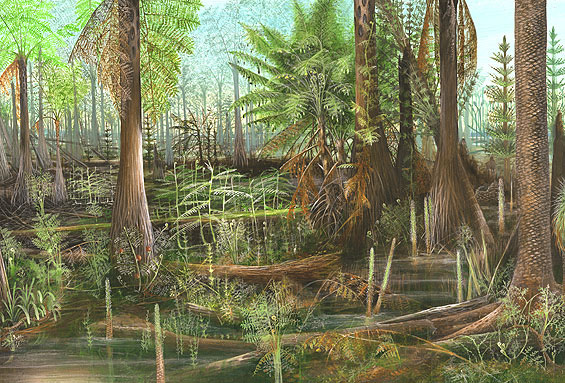
In these swamps grew plants almost wholly alien to us by comparison to the plants alive today. They contained species of mosses and horsetail ferns and the earliest seed-bearing plants (gymnosperms) like conifers and seed ferns.
Meanwhile the Variscan mountain belt started to collapse under its own weight, like a plum pudding. Valleys formed along large, north-south trending faults. In these valleys, deposition occurred and the plant remnants accumulated in thick layers of peat, that was then buried and compacted to coal. In French coal is carbon.
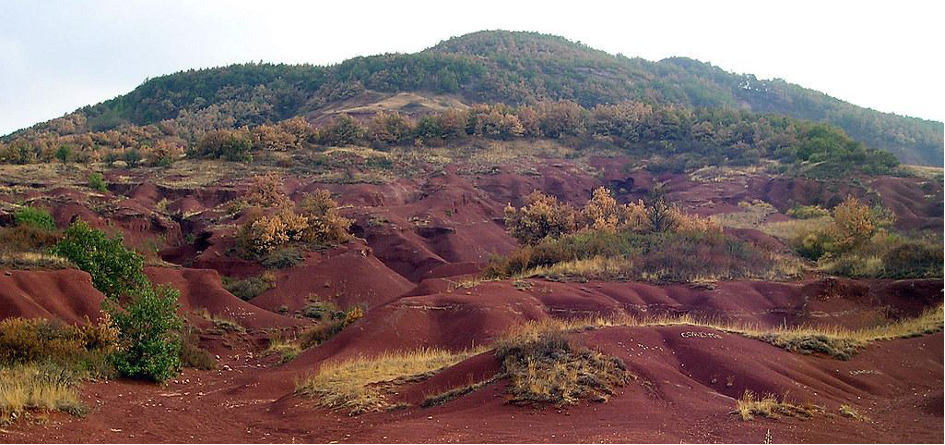
After the coal-forming period of the Carboniferous, the climate in the heart of Pangea became drier. Instead of tropical forests, a vast desert started forming. The landscape of Permian France must have looked like the Sahara. In this desert, sandstones and clays formed that contain oxidized iron that makes the rocks red (giving the name to the Rougier (Reddish) region). The Rougier continental sediments weredeposited in lakes, swamps and rivers and the sediments were derived from the heavy erosion of the Variscan belt.
History at your footsteps
Finally, the part of southern France that we see today was invaded by the sea when Pangaea started to break apart, about 200 million years ago. Along the stage you can see the les Causses limestones. They are witnesses of a shallow, tropical sea that was covering part of Aveyron during the Jurassic 200-145 millions years ago. They are now exposed 500 to 1000m above sea level, as a result of uplift that made the Massif Central plateau. It has since been eroded by the Tarn and Aveyron rivers leading to the landscape we see today making our ‘rock it ride’ it full circle.
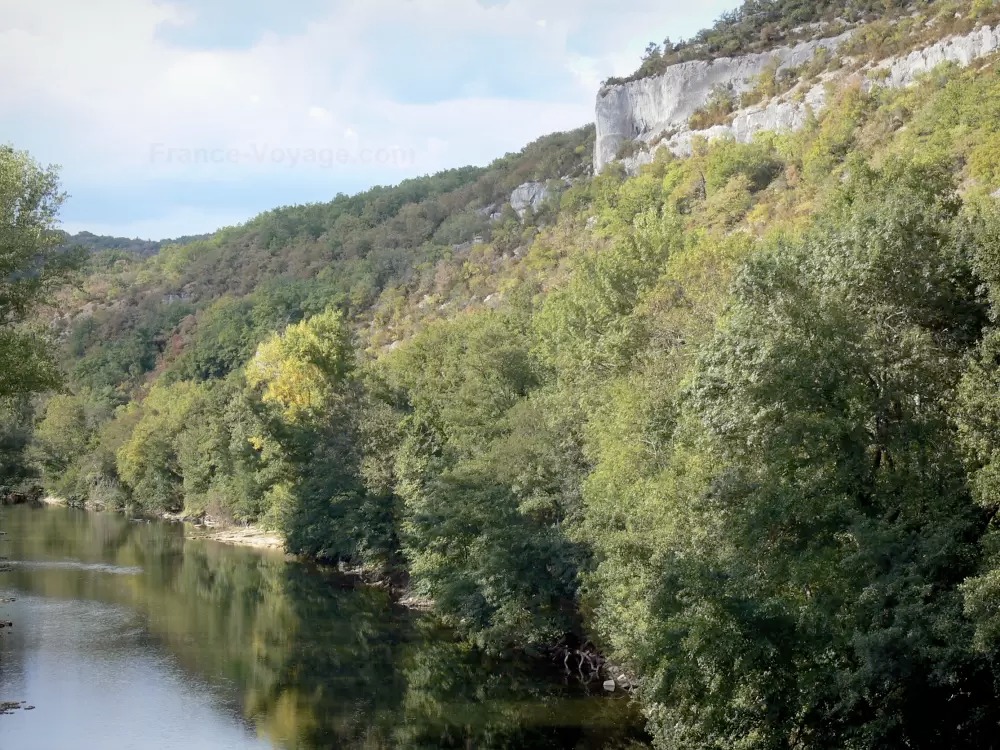
So if you’re standing along the road today to cheer the Peloton, do a little time travel and have a look around you to see where you are in the geological history of France! In the white suger marbles or shiny platy schists that made the Variscan orogen? Or the chunky granites that formed ancient magma chambers? In the coals of the Carboniferous, the desert of the Permian, or the shallow tropical seas of the Jurassic? But don’t forget to time travel back, or you’ll miss the race! Rock it!
Pioneer: Martine de Bertereau
Coal was among the first resources that were mined in France, together with iron for instance. The mining played an important part in the development of France’s economy and industrialization. It was built on more than a century of exploration geology, spearheaded, among others, by Martine de Bertereau.
Martine de Bertereau, also known as the Baroness of Beausoleil (literally ‘Beautiful Sun’), is the first female geologist and mining engineer the French historical record. She and her husband Jean de Chastelet were appointed in 1601 by king Henry IV. After the king was murdered they travelled through Europe to develop mining. They even crossed the Atlantic to visit the Potosì mines in present-day Bolivia.
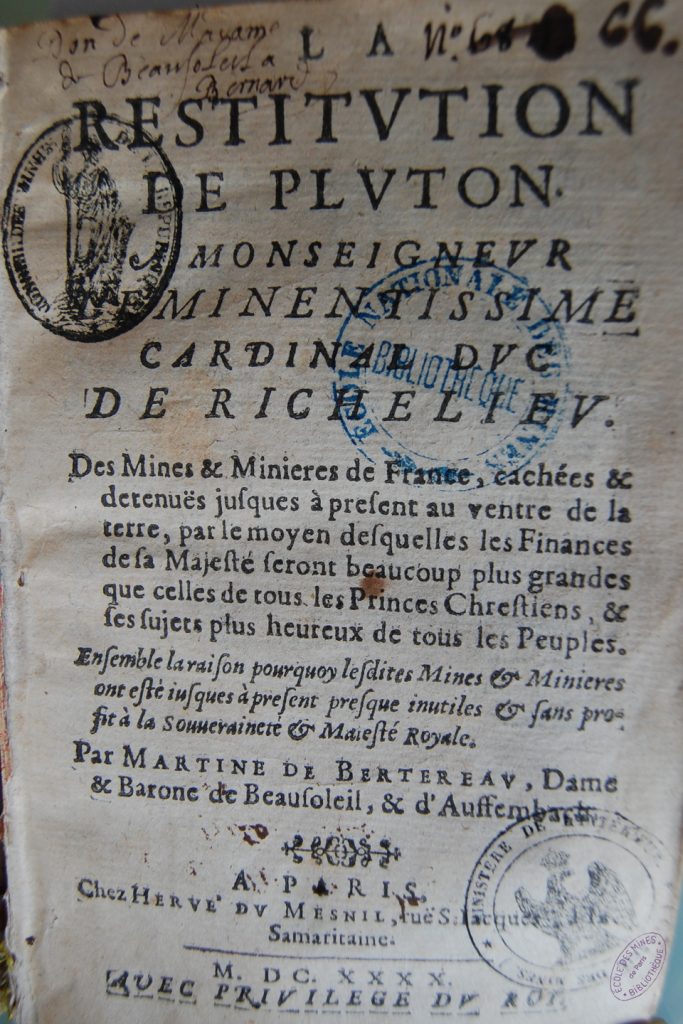
When back in France in 1627 the pair were robbed. They moved to Germany but returned and ended up at the court of Louis XIII, the father of the Sun King, in 1630. The Baroness published La restitution de Pluton in 1640 in which she explained the mining knowledge she acquired by direct experiences and practice in numerous places worldwide. It is written in the form of a poem and addressed to the Cardinal Richelieu, the finance minister, in order to obtain financial and political support from him for the work she had done.
Science in poetry
She stated the five necessary following rules to learn to recognize the places where the metals ‘grow’. The first, by opening the earth, which is the less important; the second, by the herbs and plants that grow above; the third, by the taste of the waters that come from those places; the fourth, by the vapors that rise in the mountains and valleys at the time of the dawn; the fifth and last, by means of sixteen metal and hydraulic instruments, that are used above to find ore deposits and underground water.

But in La restitution de Pluton, the Baroness also ventilated her grievances over the 1627 robbery. The book and petition for money for work she had actually done must have bothered Richelieu. They were accused of witchcraft. He ordered the arrest of the Baroness and her husband.
The baroness of Beausoleil was imprisoned together with one of her daughters in Vincennes while her husband was kept in the Bastille, the infamous prison in Paris. There was never any proof. They did not take part in anything mythical or witchcraft. The pair just had a good grasp on basic chemistry, early knowledge in the interpreting of rocks, and the land around them. They convinced the people that they were partaking in mythological activities, while really only practicing science.
After her death in 1642 (though it’s not exactly known when) and that of her husband in 1645, while both still in custody, France returned for decades to ignorance concerning mining techniques. Scientific research sometimes comes at a very high prize……but let’s be honest the baroness did rock it!






